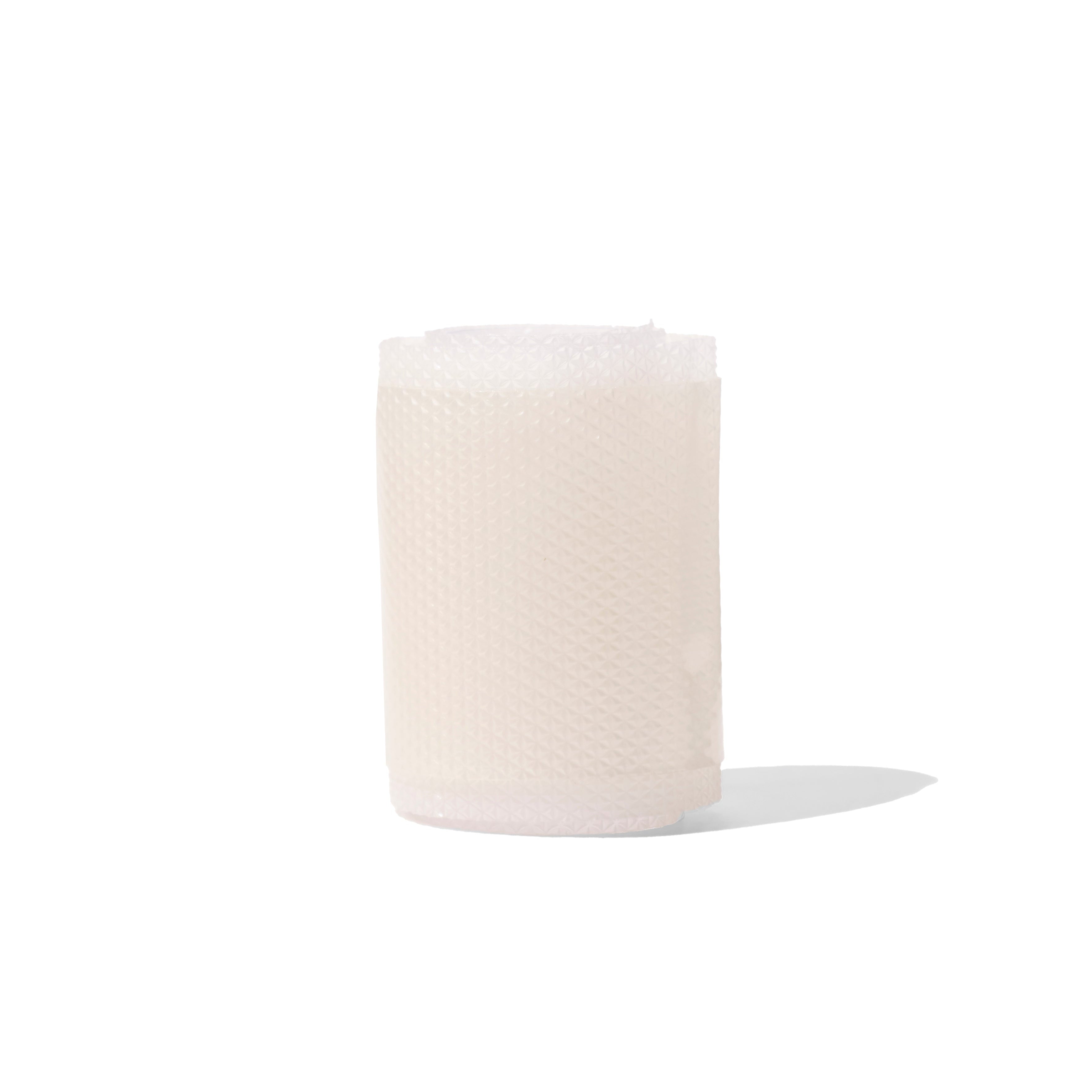
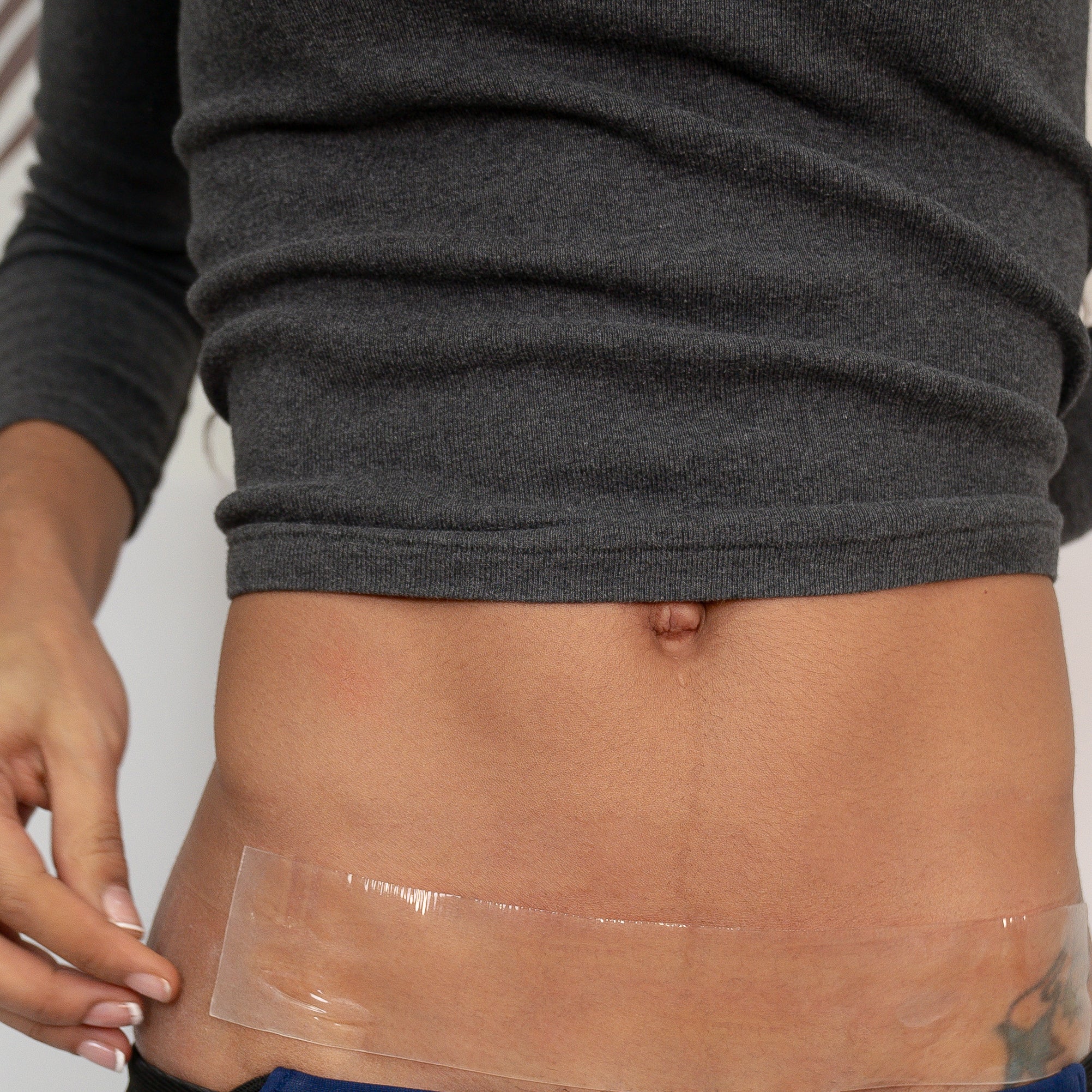




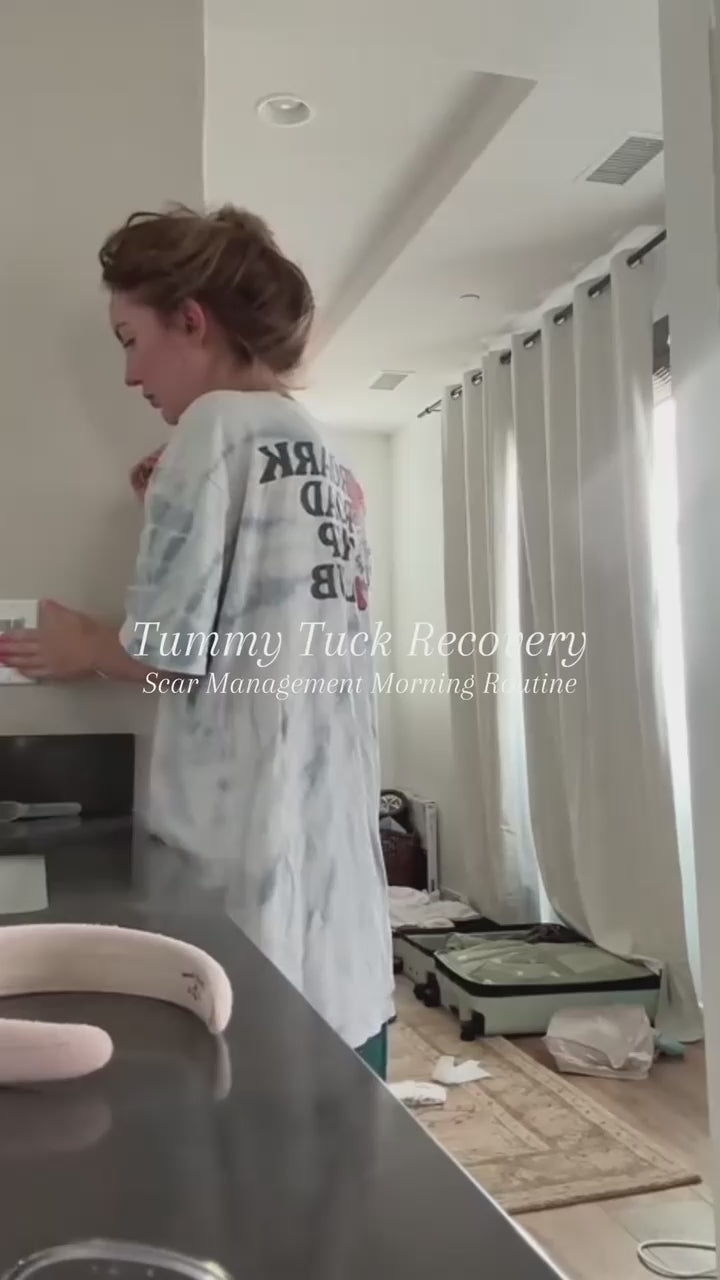

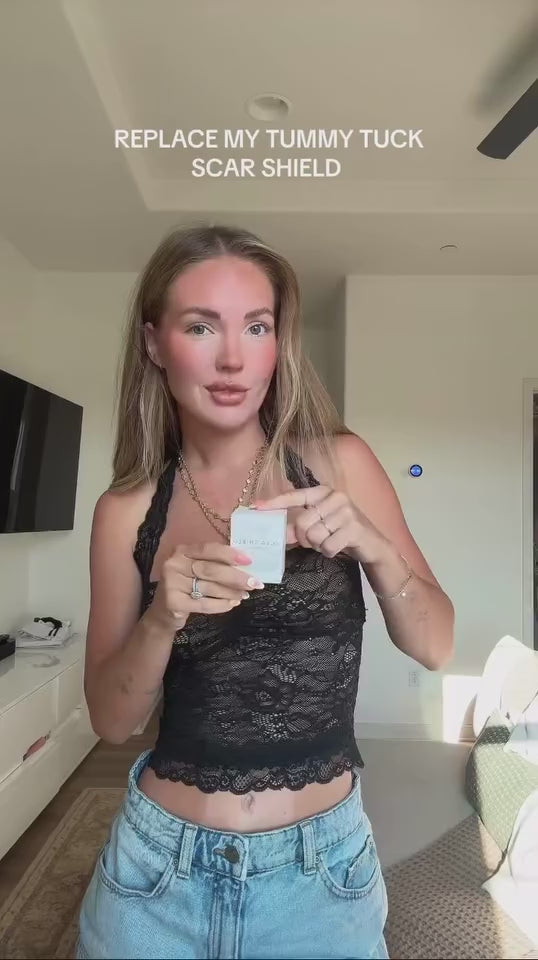






















































Common Curiosities
Silicone scar sheets work by creating a protective barrier over the scar that helps hydrate the skin, regulate collagen production, and reduce excessive scar tissue formation. This barrier mimics the skin’s natural moisture balance, which softens, flattens, and fades scars over time. They are widely recommended by dermatologists and plastic surgeons for both old and new scars.
If you experience any irritation or discomfort while using Scar Shield Abdomen, remove the sheet and consult with your healthcare provider. They can provide guidance on alternative treatments or products better suited to your needs.
While designed specifically for abdominal scars, silicone sheeting can also be beneficial for long, linear scars resulting from procedures such as brachioplasty (arm lift), thigh lifts, tummy tucks, C-sections, spinal surgeries, and lower body lifts. Its length and flexibility make it ideal for covering extended incision sites. However, it's always best to consult with your healthcare provider to ensure it's appropriate for your specific healing needs.
Most people begin to see visible improvement in their scar’s texture, color, and size within 4 to 8 weeks of consistent use. For older or more stubborn scars, noticeable results may take up to 3 to 6 months. For best results, consistent daily use is key.
Yes, silicone sheeting has been a trusted element in medical and cosmetic surgery for nearly 50 years. It is known for its unique ability to prevent hyperplasia and excessive tissue formation over wounds, making it a gold standard in non-invasive scar therapy.
Absolutely. Silicone scar sheets are made from hypoallergenic, medical-grade silicone and are safe for sensitive skin. They are non-irritating, non-toxic, and free from latex or harmful adhesives. Always perform a patch test if you have extremely reactive skin.
Yes. When used early in the healing process, silicone scar sheets can help minimize scar formation by hydrating the skin and regulating collagen production. They are often recommended by plastic surgeons and dermatologists for post-surgical scar prevention.
Silicone scar sheets are reusable and can typically be used for up to 7 to 14 days per sheet, depending on how well they are maintained. Once a sheet loses its stickiness or becomes worn, it should be replaced with a new one.
